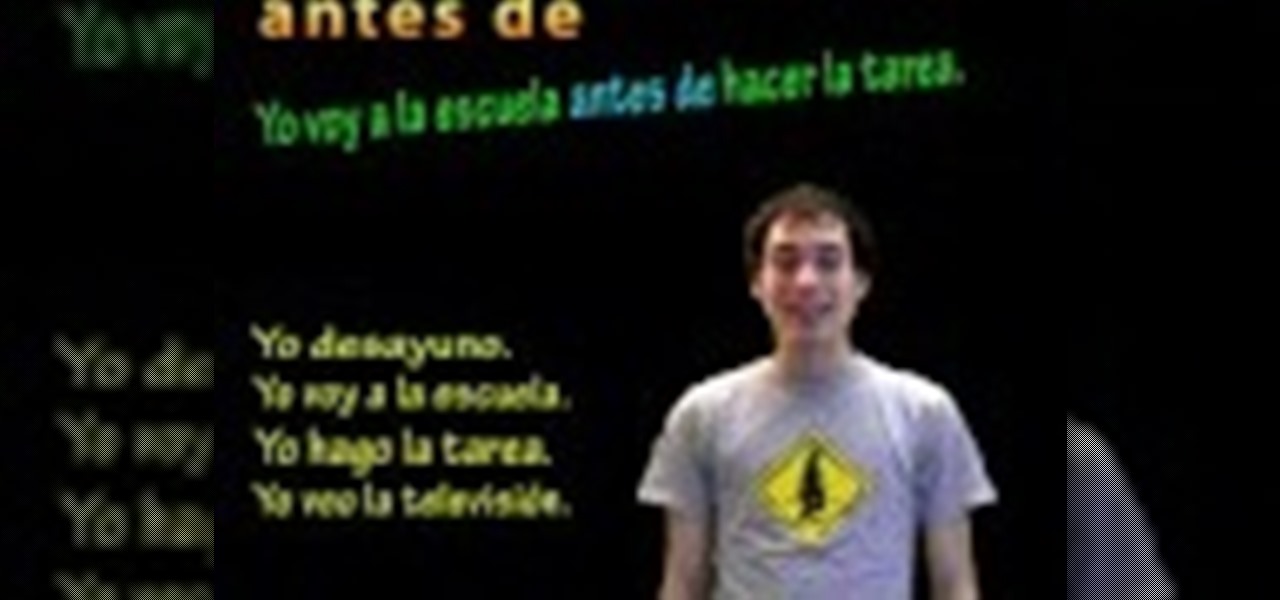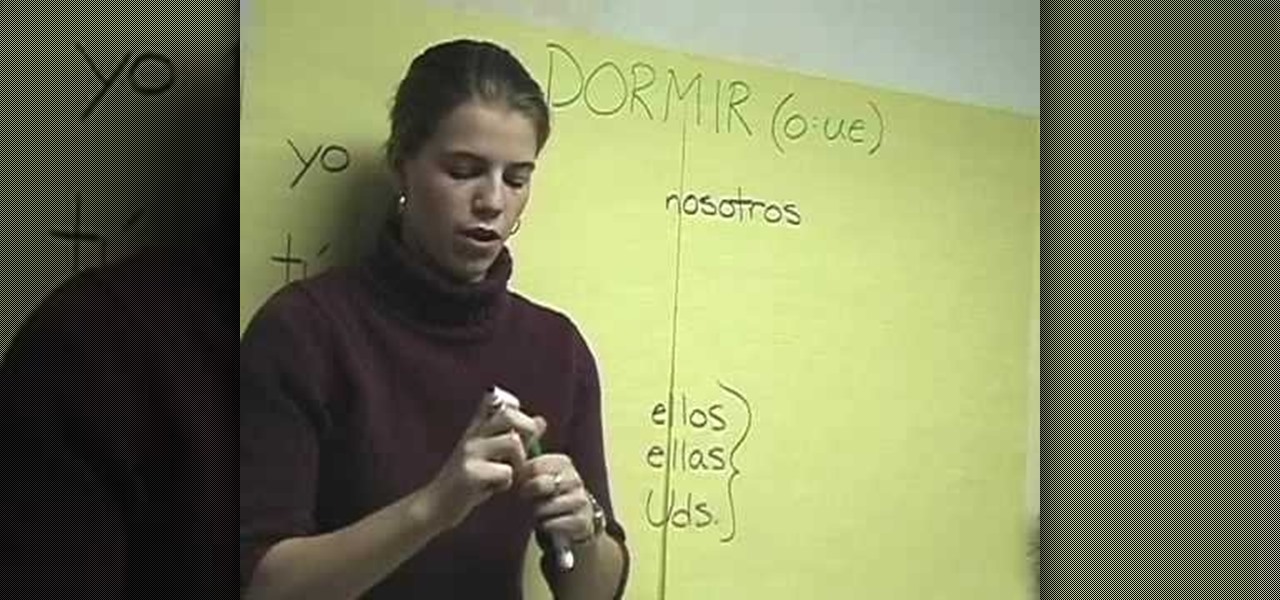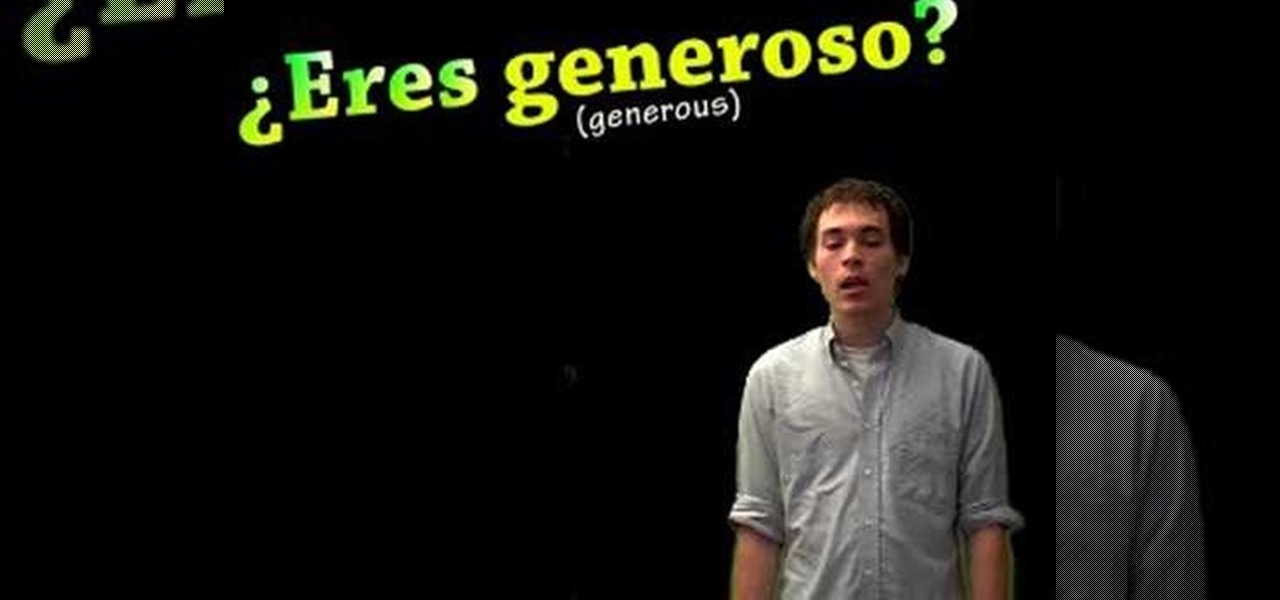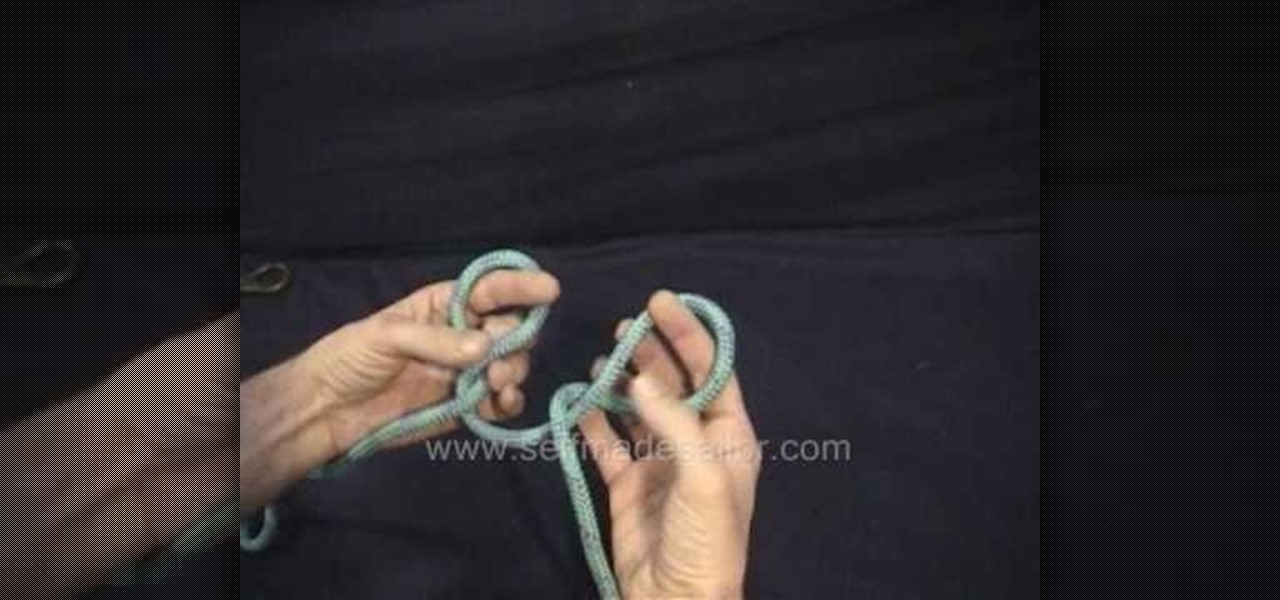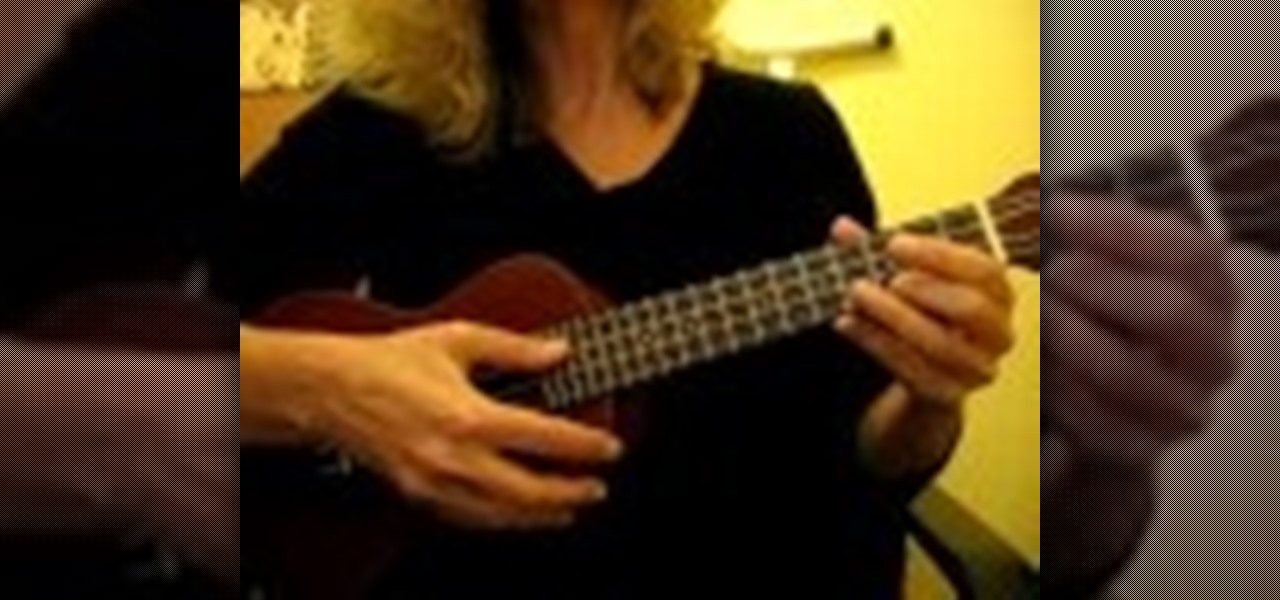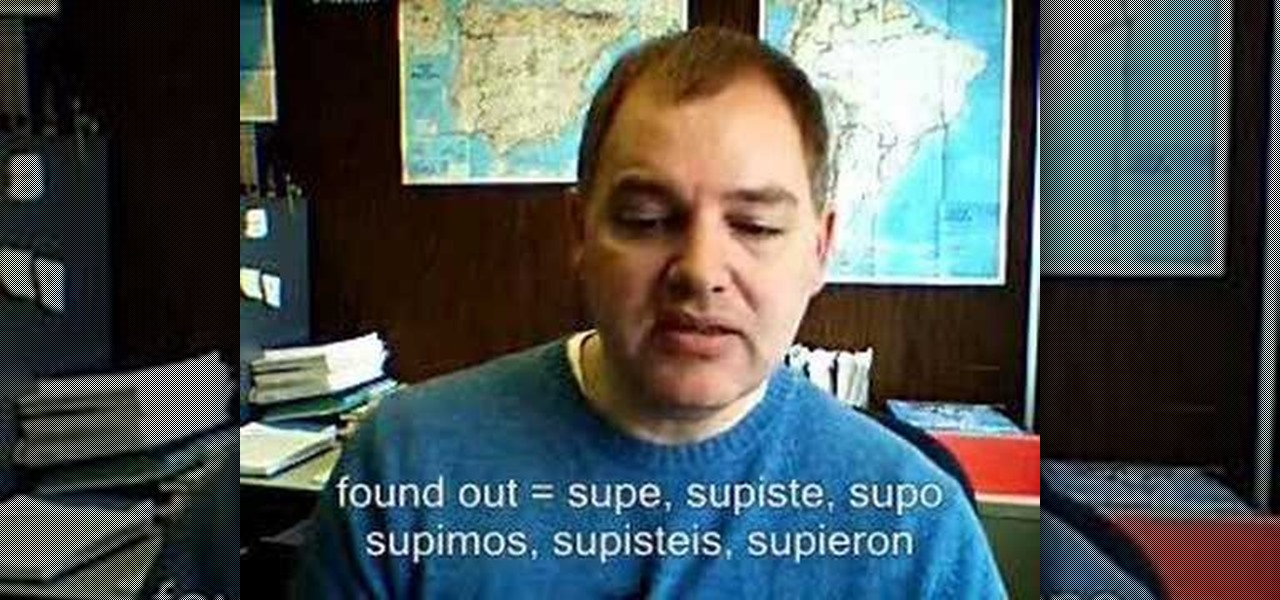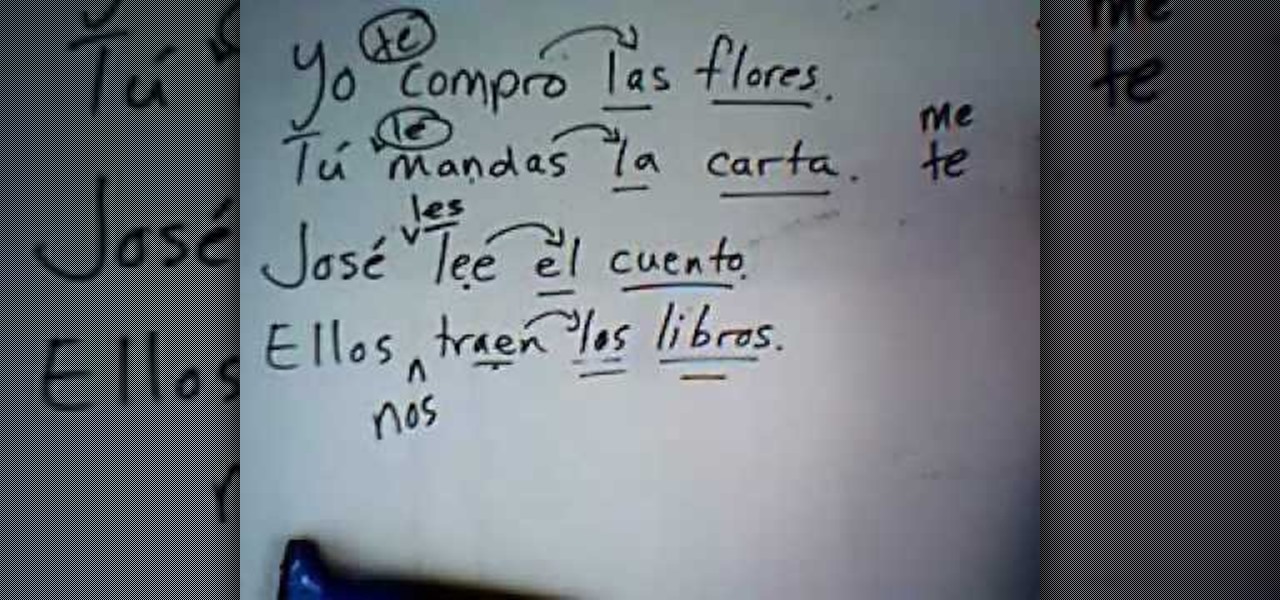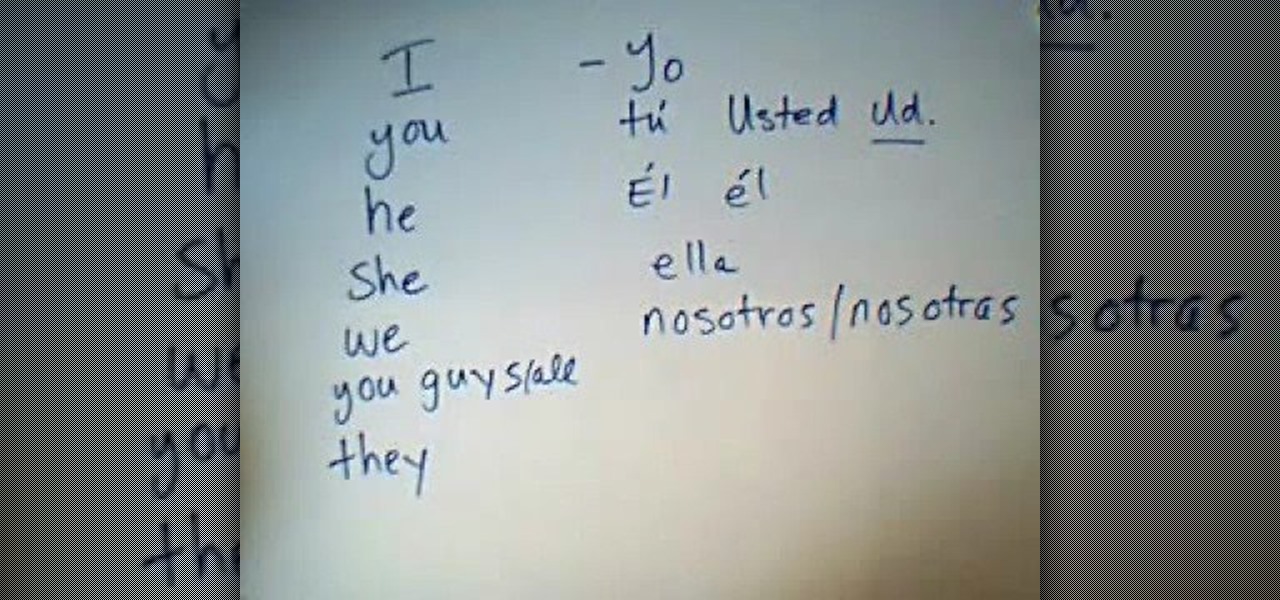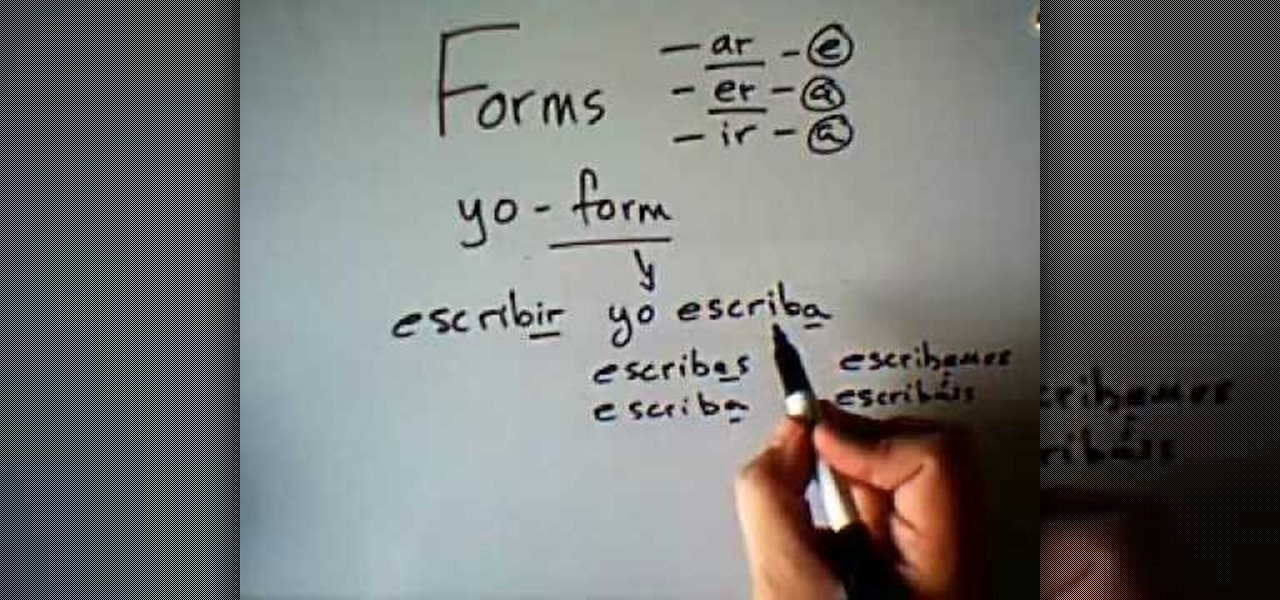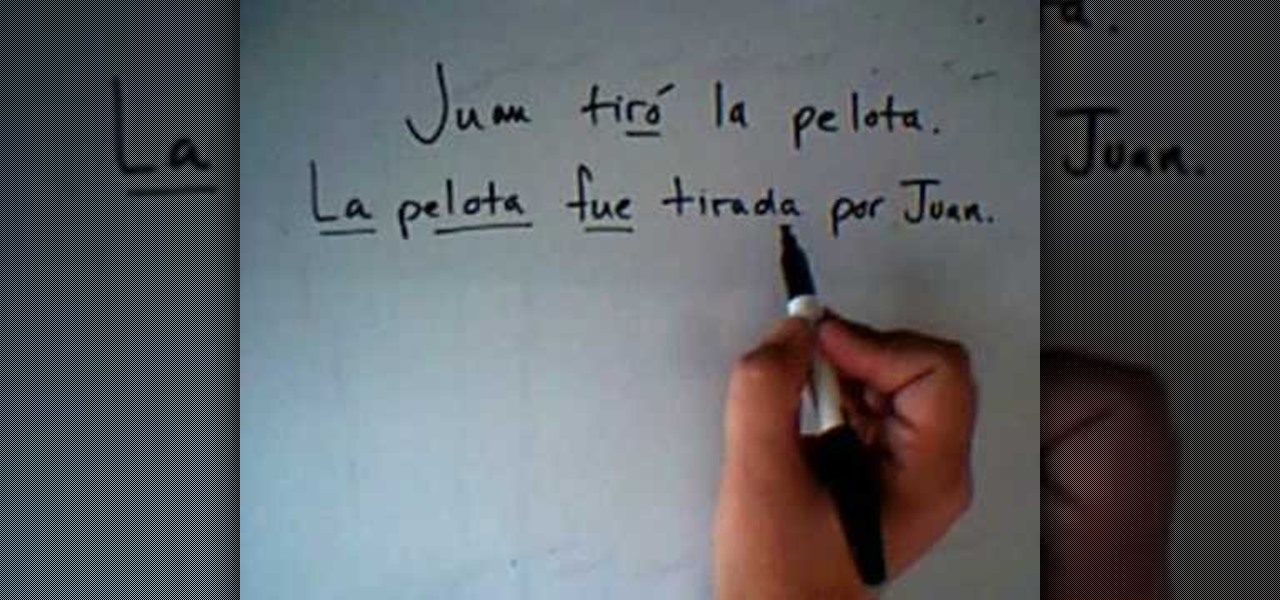
Want to learn how to improvise and play jazz piano? Well first you have to learn techniques from the jazz greats of yesteryear. This two part piano lesson teaches you how to play "The Christmas Song" by Mel Tormé and Bob Wells. With some practice and basic understanding of music theory and harmony you will soon be able to improvise jazz solos over basic chords. Soon you will be able to play along with any tune with this jazz piano lesson. Check out this jazz piano how to video and you will be...
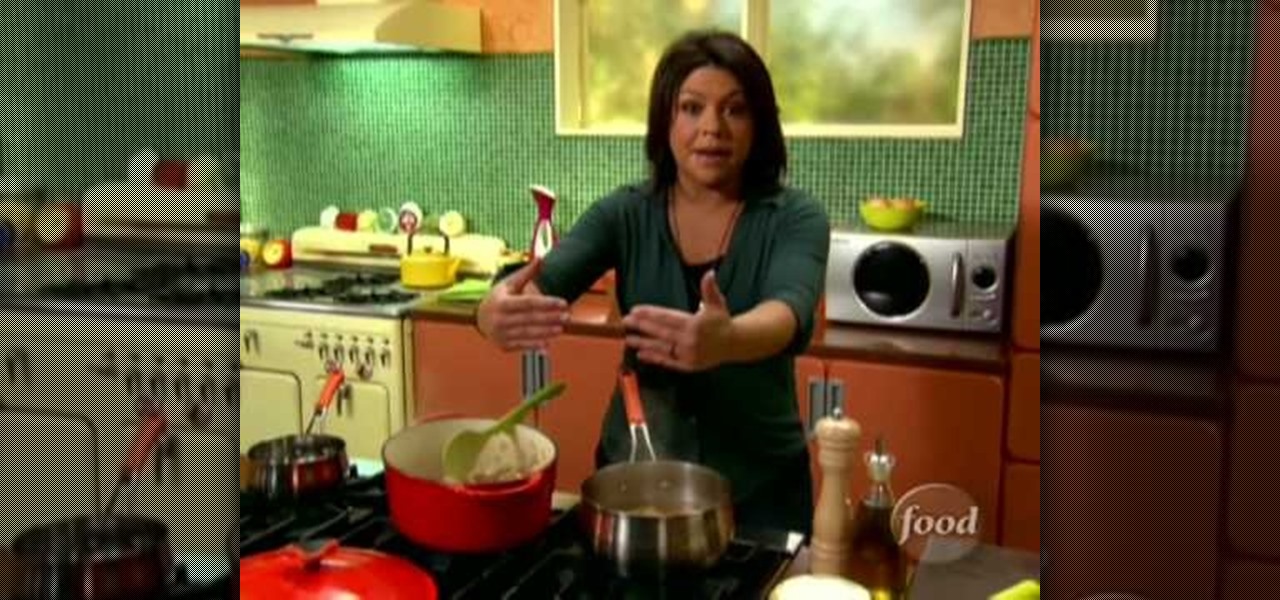
Chicken and dumplings are a great meal to make if you have a large family to feed and not too much time. Requiring only a few inexpensive ingredients, the dish is as close to a universal appetite pleaser as you will get.

Carne asada means nothing more than "grilled meat" in Spanish, and it can be prepared in a myriad of different ways to produce anything from chopped beef for a taco to a whole beef cut to be enjoyed with a side salad. If you're a beef man and/or are looking for a new recipe that'll be succulent on the grill, then check this one out.

In this free video language lesson, you'll learn how to ask how to say the Spanish words for the numbers zero, one, two, three, four, five, six, seven, eight, nine and ten. Interested in learning Spanish but haven't got the time to take a weekly class? No problemo! The Internet is awash in free, high-quality video lessons like this one. For more information, and to get started using this phrase yourself, watch this helpful video guide for Spanish students.

In this free video language lesson, you'll learn how to ask how someone what his or her name is in perfect Spanish. Interested in learning Spanish but haven't got the time to take a weekly class? No problemo! The Internet is awash in free, high-quality video lessons like this one. For more information, and to get started using this phrase yourself, watch this helpful video guide for Spanish students.

In this free video language lesson, you'll learn how to ask "where?" or "¿dónde?" Interested in learning Spanish but haven't got the time to take a weekly class? No problemo! The Internet is awash in free, high-quality video lessons like this one. For more information, and to get started using this phrase yourself, watch this helpful video guide for Spanish students.

Learn a little bit of Spanish with Speakado. In this quick phrase lesson, you'll learn how to say "Miss Martinez" in Spanish. If you only speak English, maybe it's about time you learned Spanish, one of the most widely used languages in the world.

Larry Keim, the host of "Rolling R's", teaches Junior High School Spanish in Mesa, Arizona. He has a passion for Spanish, and he's created this video podcast to give away Spanish lessons for free. In this lession, Larry shows how to use the Spanish verb “ir” that is pronounced like “ear” and means “to go.”

In this tutorial, we learn how to speak Spanish: Antes de / despues de + verb. If you want to say "I eat breakfast before I go to school" you will say "yo desayuno antes de ir a la escuela". You will change a verb in the phrase depending on where it is placed in the sentence. If you change this same example sentence around, it will sound different in the Spanish version of the same exact sentence than the original. To express the opposite idea, you will change the end of the verb to state the...

In this video, we learn how to order food and drinks in Spanish. First, you will need to learn how to say "to want", "I need", "please", "to be able to". Once you familiarize yourself with these phrases, you will have the first part of being ready to order in Spanish. You will also need to learn the names for foods and the verbs for eat, drink, and bring. Depending on the types of food you eat, many are easy to learn. Some foods don't change name in Spanish and sound the same in English. Ther...

Check out this Spanish language video that shows you how to say the numbers zero through one hundred. This is the third in the numbers videos. The prior two covered 1-15 and the second 0-39. In this language video we go all the way to 100. Practice your Spanish language skills and improve your pronunciation of the numbers 0-100 in Spanish. Hope this helps.

Are you studying abroad in Spain? Then at one point or another you will find yourself in situation of saying either to your roommate or sexy hot fling that you're going to work.

Learn how to say "What does that mean in English or Spanish?" in Spanish.

Learn how to say "I do not speak German or French or Italian or Spanish." in Spanish.

Larry Keim, the host of "Rolling R's", teaches Junior High School Spanish and has created this video podcast to give away Spanish lessons for free. In this show, Larry demonstrates the verb “hacer” which means “to do" or "to make.” He'll go over how to say it and how to use it.

In this lesson, Larry Keim demonstrates how to say the days of the week, how to ask what day it is, and how to say some other related phrases in Spanish. He goes over each word step by step and gives the English and Spanish version so it's very easy to understand.

If you get stares from guys while walking down the street in this get up, it's probably not because hearts are welling up in their eyes and popping out of their head like in cartoons. Not that this look isn't gorgeous; it's just that you may be a wee bit overdone.

People respond so much better to requests when you add the word "please" in front of them. So if you're stuck in a foreign, Spanish-speaking country, it's vital that you add "please" when necessary to establish good manners, so that people will help you out.

If you are confused in Spanish class, give this tutorial a try. In it, you will learn how to conjugate stem changing verbs in Spanish, using the verb "querer" as an example. Stem changes can be confusing for a first time Spanish learner, but this video can help.

Follow along as Angie makes a hearty Spanish tortilla, with potato, eggs and chorizo. This cooking how-to video is part of Easy Meals, Good Deals show hosted by Angie Ketterman. Watch as she takes on the challenge to create dishes that save you time and money. You'll love the quick and budget-friendly recipes. Gather some Spanish style chorizo, eggs, onions, potatoes, red peppers, garlic, and cilantro and prepare this Spanish tortilla recipe.

Check out this Spanish language lesson that shows you how to use the phrase "¿Cómo eres?" in Spanish. This language lesson covers the yo and tú forms of the verb SER (to be). As well as telling you how to say Yo soy (I am) and Tú eres (you are), this instructional Spanish language video also teaches some adjectives to describe your personality. Hope it helps!

Larry Keim, the host of "Rolling R's", teaches Junior High School Spanish in Mesa, Arizona. He has a passion for Spanish, and has created this video podcast to give away Spanish lessons for free. For the lesson portion, Larry describes an easy way to talk about future action, using the formula of “Ir + a + Infinitive.”

Practice these questions and answers out to have a basic conversation in Spanish. Listen, repeat, and rewind as needed.

According to this article on Kotaku, H.G. Wells invented modern tabletop wargames. War games had been going on for a long time, but Wells was the first person to make them accessible for a casual, non-military audience with his game Little Wars.

Selecting orchid plants takes more than just admiring an orchid's flowers, but with the right information it can be quick and easy. To find the expert's secrets on orchid selection, Meghan Carter visited award winning orchidist Dick Wells of Hilltop Orchids and got to the bottom of how to pick out the best orchid flower.

In this tutorial, we learn how to express "to be" in Spanish using ser, estar and haber. When expressing forms such as: am, are, was and were you will say "ser" and "estar" in Spanish. The verb "ser" should be conjugated for each of the different tenses that you are using. Often, "ser" is used to ask questions such as: where you are from, what nationality are you, and what things belong to someone. "Ser" is also used to indicate occupation, religion, political party, event locations, date, an...

In this video, we learn how to use compound tenses with "haber" and "estar" in Spanish. "I am speaking" would translate into "You estoy hablando". If you are talking about a girl eating, you would say "Ella esta comiendo". To say "they were writing letters", you would say "Ellos estaban escribiendo cartas". You will see the form of the verb changing in each of the sentences. You will also see the gender of the verb changing in each of the sentences, depending on who is being talked about. The...

In this free video language lesson, you'll learn how to ask how to tell someone that it's nice to meet him or her. Interested in learning Spanish but haven't got the time to take a weekly class? No problemo! The Internet is awash in free, high-quality video lessons like this one. For more information, and to get started using this phrase yourself, watch this helpful video guide for Spanish students.

Learn a little bit of Spanish with Speakado. In this quick phrase lesson, you'll learn how to say "Where is the library?" in Spanish. If you only speak English, maybe it's about time you learned Spanish, one of the most widely used languages in the world.

Learn how to tie a Spanish Bowline - a good way of tying a bowline with two loops. This is a fine knot for camping, climbing, sailing or Boy Scout training.

The ukulele is a beautiful and unique stringed instrument that is perfect for the traveling musician because it is so portable and relatively inexpensive. The ukelele is a version of a small guitar that originated in Hawaii. In this tutorial you will learn how to play Spanish piece on the ukulele. Once you get a hang of this beginner song you can impress your friends with this easy Spanish song on your uke.

This how-to video will show you how to cook paella with chicken and shrimp. Paella is a classic Spanish rice dish with chicken, sausage and seafood.

This Spanish video lesson presents forms of regular and irregular verbs in the preterite and imperfect tenses. Watch, listen, and learn.

In this video, we learn how to use indirect objects & object pronouns in Spanish. When you have a noun that is coming after a pronoun, you will have to change the first word that comes after it. If you are saying "yo compro", then you will use "las" after this, to describe the pronoun that you are purchasing. Indirect objects answer the question of who or what. If you want to say "I buy the flowers for you" you would say "Yo compro las flores para ti". Use these simple rules while speaking Sp...

In this video, we learn how to use "gustar" to express likes and dislikes in Spanish. By practicing examples, you will be able to learn this concept easily. In English, you would say that you like something. But, the equal to this in Spanish is "gustar". You will need to use the appropriate indirect object pronouns while you are saying this in your sentences. To say Me, you will say "a mi" and "to you" is "a ti". When you are speaking to someone about yourself or a group of people, etc your t...

In this tutorial, we learn how to understand vowels and vowel sounds in Spanish. To best understand how to say the vowel sounds in Spanish, you will want to listen to a native speaker saying different words. Take some of the words that you might think sound the same, but are completely different. These words can use the same vowels but have a different sound because of the pronunciation that is associated with them. Start to practice the vowels out one by one, then start to use them in words ...

In this video, we learn how to understand subject pronouns in Spanish. Subject pronouns are pronouns that stand in for the person that is going to carry out the action in the sentence. In English, sentence pronouns are things like "I", "you", "he", "she", "we", and "you guys". In Spanish, pronouns change to "yo", "tu", "usted", "el", "ella", "nosotros", and more. Whenever you talk about a verb in a sentence, it will change what the subject pronoun is and how it's said in the sentence. Make su...

In this video, we learn how to speak Spanish: Subjunctive with verbs of volition. Volition is requests when someone asks, needs, or wants something. To form these, you must first take the "yo" form and remove the final "o". Then, you will add in the opposite vowel endings. For example, with "yo hablo" you would say, "yo hable" or "hables". This will change if you are talking about a group of people, one person, or a formal group of people. A verb with the "er" ending will change to "a" or "es...

In this video, we learn how to use the passive voice in Spanish. The first way to use the passive voice in Spanish is to use "ser", the second is by using "se". First, recognize the subject, verb, and object in your sentence. Now, write your sentence using a passive voice, making the object the subject and change the tense of the verb. This is very easy to do and basically just flips the sentence around and changes out the tense of the verb. This will change the sentence into the passive voic...

Olla! In this lesson we will be learning how to tell the time in Spanish.










